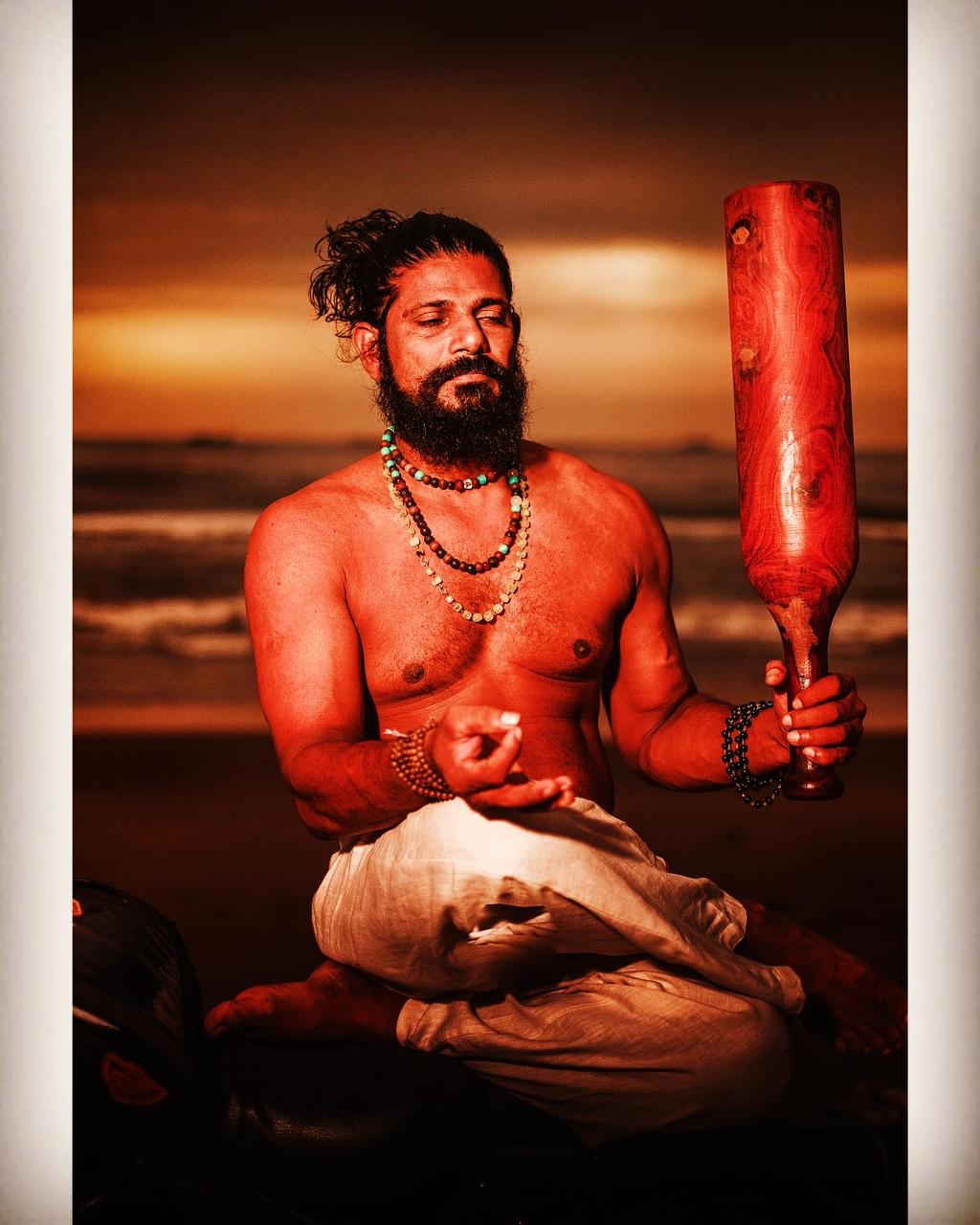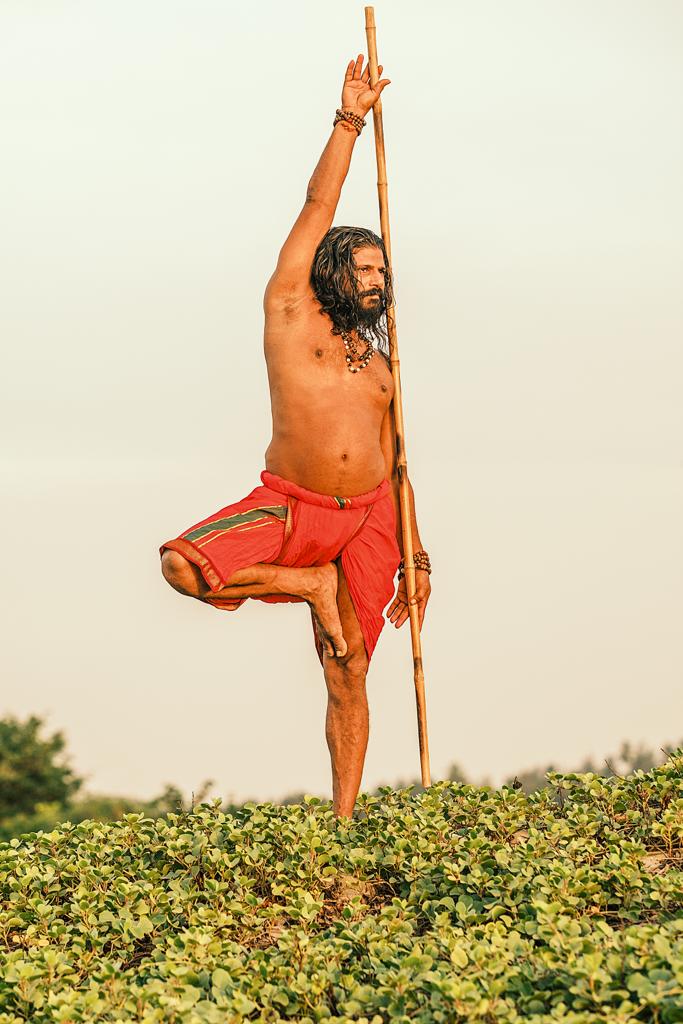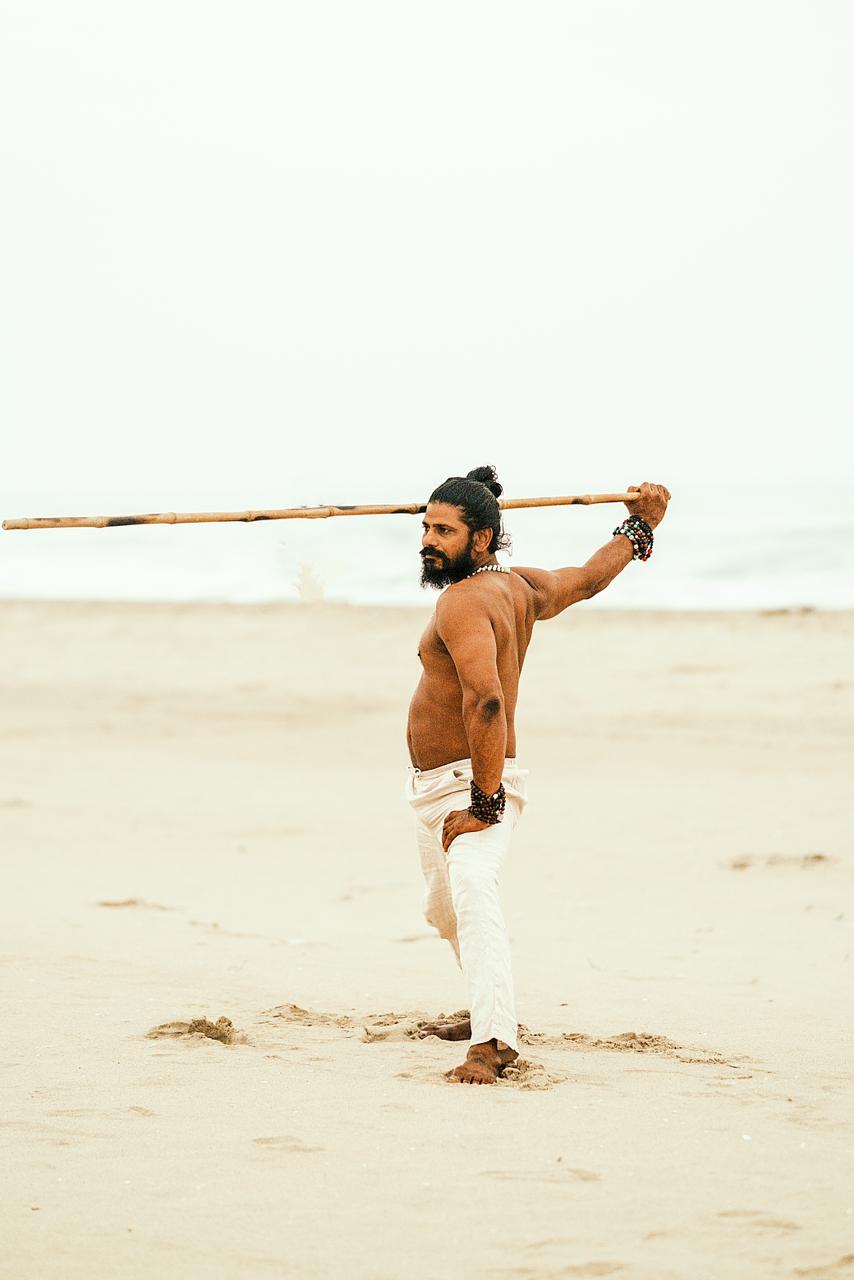About Master

Our Status in Numbers
Grand Master (Aasan), Performer, International Referee and Coach Born in 1976, Jothi Senthil Kannan originates from Pondicherry, South India, where he has practised Silambam and Kuthuvarisai since the age of five. Initiated into these ancient Tamil martial arts by his paternal grandfather, Jothi has established himself as one of the most accomplished disciples of Silambam in India, and indeed the world, by pursuing a rigorous training routine and disciplined lifestyle. Based in Pondicherry, he frequently visits East Asia and Europe, where Silambam has become more appreciated. In 2004 and 2005 he performed at the prestigious International Festival of Martial Arts, Bercy, Paris, the only Indian national to do so. Jothi is the President and Founder of the International Silambam and Kuthuvarisai Federation; a national coach and referee of Silambam for Pondicherry State, the Indian Silambam Federation, and the Pondicherry Pankration Athlima Association.
In addition to teaching and performing martial arts, Jothi is a medical practitioner of the ancient Indian art of Siddha healing. He is registered with the Indian Board of Alternative Medicines, which is recognised by The United Nations University for Peace and The Open International University. Jothi now divides his time between his home in Pondicherry, and Singapore, where he also teaches, performs, and practises Siddha
healing.
Ancient weapons of war have evolved into weapons of display, with skilled exponents of the art employing swords, knives, animal horns, fire and bamboo sticks to dazzling effect. Silambam also incorporates elements of folk dance whereby sinuous movement is combined with determined rhythmic cycles. Percussion instruments such as the ‘Pombai’ and ‘Udukkai’ are often played to accompany demonstrations of this ancient martial art.
Your life of Silambam
with
JOTHISILAMABAM
Silambam is a weapon-based martial art of India, more specifically from Tamilakam (now Tamil Nadu region) in the Indian subcontinent
Take a look at the amazing features & ask yourself the question?
Silambam’s main focus is on the bamboo staff. The length of the staff depends on the height of the practitioner. Ideally, it should just touch the forehead about three fingers from the head, typically measuring around 1.68 meters (five and a half feet). Different lengths may be used depending on the situation. For instance, the sedikuchi or 3-foot stick can be easily concealed. Separate practice is needed for staffs of different lengths. Listed below are some of the weapons used in Silambam.
Silambam is an Indian martial art originating in Tamil Nadu, South India in the Indian subcontinent. This style is mentioned in Tamil Sangam literature. The World Silambam Association is the official international body of Silambam.
Kuttu Varisai is the unarmed combat component of Silambam and also a stand-alone martial art. It contains animal forms
Silambam is an ancient martial art of Tamil Nadu. “I think it is one of the oldest martial arts in the world—it is over 5,000 years old,” says Pandian. “It was put together by the sage Agastya Munivar; he is to martial arts what Patanjali is to yoga.”
It shall take many years of formal training to master Silambam. However, training classes are designed as 15-day or month-long modules to teach the basics. There are seven basic moves and four basic stick rotations that are permuted and combined to invent new moves.
Why Jothisilambam?





